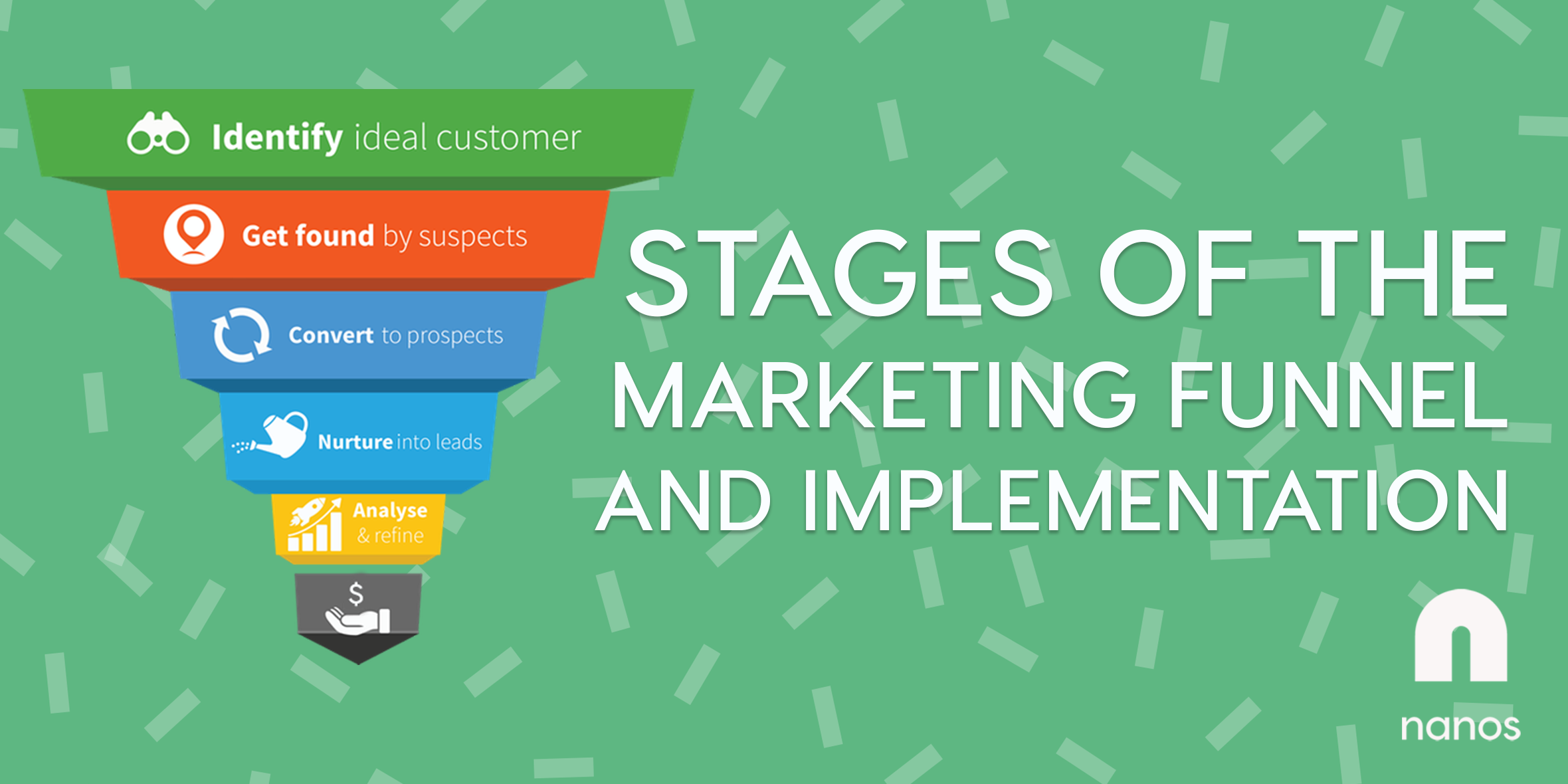Table of Contents
Successfully implementing stages of the marketing funnel
You understood the marketing funnel and you are aware of the importance and advantages it has. Now let’s break down each element of a conversion funnel. Each stage of the marketing funnel is distinct and accomplishes something unique during the customer journey. Here are the five stages of a marketing funnel:
1. Awareness
At the awareness stage, your aim is to make the prospect aware that you have a solution to their newly discovered problem or want. At this stage, you’re marketing to a wide universe of potential customers to raise their awareness of your business and its products or services. The moment a user first discovers your brand, product, offer, etc.
Before executing any marketing tactics, identify your target audience. Every potential customer is at a different point in the sales funnel and having a multi-pronged attraction phase will help you to generate targeted high-quality “hot” leads.
There is an abundance of content and ideas on the type of content to focus on creating, making inbound marketing effective and less costly than outbound lead generation. The information you provide should be general and high level, while still providing value.
2. Consideration
In the consideration and intent stage, your objective should be to provide the prospect with useful information about how you can solve their problem. At the consideration stage, consumers interested in your business and its offerings are considering whether or not to buy.
Depending on your business, this could include guides, webinars, reviews, white papers, case studies, comparison charts, and much more.
The marketing team would begin outreach activities to drive leads further down the marketing funnel. It could also be a great time to bring up your competitive advantage and express what makes you the best solution for the prospect.
Metrics to track here might measure how many email sign-ups you achieved, how much time consumers spent on your site, and how many people clicked on your retargeting campaign ads.
3. Conversion
This stage is when a user finally makes the choice to buy. Your goal is to get as many people as possible from the first two stages of your marketing funnel to this purchase point. It is the final push to get your prospective customer to convert and drop the ‘prospective’ from their title.
This is where you might need to give them a nudge to help them land in your court.
Remove any obstacles to purchase. A small incentive can create enough encouragement for consumers to buy. This is often done, depending on your business, by offerings like free trials, discounts, coupons, or a phone call.
Conversion rate is an important metric to track at this stage because it measures how many consumers ultimately end up buying. You can track conversion rates back to specific marketing tactics and double down on the ones which are working.
4. Post-purchase advocacy
We extend the marketing funnel beyond the purchase phase because it’s far cheaper to retain existing customers than hunt for new ones. The idea is that you can leverage your existing customers either to generate new customers or to upsell them with additional features or services. This is a very important stage of the marketing funnel.
Existing customers are more likely to make purchases since they have previously experienced your product or service, and know what to expect. You bypass the whole consideration/conversion dynamic.
Common ways to accomplish this are to ask your customers for referrals, testimonials, and reviews. By rewarding customers for repeat purchases, you encourage them to trust you instead of the competitors. Another effective engagement tactic is a regular newsletter to keep followers engaged and updated.
5. Customer retention
Depending on what makes sense for your business, there are a number of mediums you can leverage to keep your customers loyal and coming back for more. Once you have a solid customer retention program in place, take it to the next level. Each campaign should have multiple ad sets, which allows you to target different audiences. Track your advocacy efforts by measuring the percentage of customers who come through your referral program.
font-weight: 400;”>You could have the best ads, targeting, and funnels, but unless a prospect can access the content you’re promoting, they’re not going to convert. Also, gauging sentiment by what customers are saying on social media will allow you to tweak marketing efforts based on popular demand and continue innovating for better results.
On the closing lines
Understanding the different stages of the marketing funnel and knowing how to implement them effectively is what will make your business grow. The conversion funnel is an ongoing cycle. The process is always shifting and your conversations with your customers are always evolving. This is why you should take your time to implement the different stages of the marketing funnel and make sure to analyze how they are all working to capture your audiences’ attention and turning them into customers.
Now that you understand the different stages of the marketing funnel, you can use tools like Nanos to further attract your customers and guide them through the different stages.















